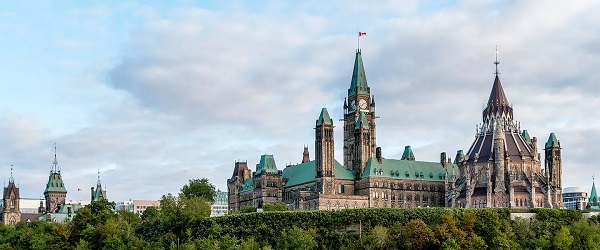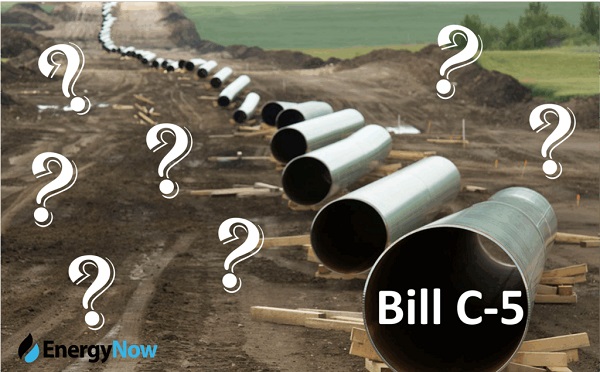Alberta
My European Favourites – One Day In The Bavarian Alps
My European Favourites – One Day In The Bavarian Alps
My favourite area of Germany is Bavaria. It’s the largest state, about one fifth the size of the country, and is located in the south-east of Germany. Bordering the Czech Republic and Austria, the state’s capital Munich is an easy place to fly into, and it is a great city to explore and enjoy, especially during Oktoberfest.

Hotel Wittlesbach and two buildings in Oberammergau with painted frescoes
Oberammergau, Germany
The Bavarian Alps are about an hour drive south from Munich, and one of my favourite places to stay is in the town of Oberammergau. You may have heard of the town as it is well known worldwide for its performance of the “Passion Play,” which is performed in the aptly named, Passion Play Theatre. In 1633, while the plague was rampant in Europe, the villagers promised to perform the play every ten years if no further deaths from the plague occurred in Oberammergau. The play details the suffering, death and resurrection of Christ. Their prayer was answered, and they kept their promise with the first play staged in 1634. The most recent performance was supposed to be in 2020, but due to the covid-19 pandemic, it has been moved to 2022.
Oberammergau is a compact place easily explored on foot. The Bavarian State Woodcarving School is located there, and there are shops where you can purchase everything from wooden toys to elaborate woodcarvings, including those of religious saints and crucifixes. As you walk through the town, you will see many buildings with painted frescoes (Lüftlmalerei) on their exterior walls with scenes from fairy tales, Bavarian folk themes, religious scenes and decorations that imitate architectural elements.
To be able to accomplish our sightseeing today we need to start with an early breakfast at one of the local hotels. One of my favourites is the Hotel Wittlesbach which is located right in the town centre and has been operated and owned by the Ternes family for many years. The hotel is full of the Bavarian charm you would expect, and the breakfast they offer is very good. We have stayed there many times over the years, and our groups love the hotel and location.

King Ludwig II of Bavaria’s Linderhof Palace and Neuschwanstein Castle
Mad King Ludwig II of Bavaria
Linderhof Palace is only a 15-minute drive away from Oberammergau and is the smallest of the three places or castles built by King Ludwig II of Bavaria. The Kingdom of Bavaria existed from 1805 until 1918, and the Ludwig’s Wittelsbach family ruled during the kingdom’s entire existence. In 1864, Ludwig became king at the age of 18. He had little interest in politics and soon began to spend his own wealth on personal projects, like three fairy tale palaces or castles. His spending and accumulating debt became such a concern by Bavaria’s political elite that they had a medical commission declare him insane and
incapable of reigning. A day later, he was on a walk with his psychiatrist, and they were both found dead; presumably drowned and floating in Lake Starnberg. Now that you know some of the story of King Ludwig II, we can talk about two of the three places or castles he built, Linderhof Palace and Neuschwanstein Castle. The third and largest building, the New Herrenchiemsee Palace, which will not be part of our day, was built on an island in Lake Chiemsee and was to be a copy of Versailles in France, but it was never completed.

Linderhof Palace, the Gilt Fountain and the Neptune Fountain
Linderhof Palace
Linderhof is the only palace that King Ludwig II lived to see completed, and it is located near where his father, King Maximilian II, had the royal hunting lodge. Ludwig went there many times as a child and was very familiar with the location in the Graswang Valley near Ettal.
Ludwig idolized the French Sun-King Louis XIV and wanted to emulate his grand palaces in Bavaria. Throughout the Linderhof Palace, you will find sun decorations as an homage to his idol and as a symbol of royal absolute power. Linderhof was initially intended to be Ludwig’s Versailles, but due mainly to an unsuitable sized area, it became a smaller project which was completed in 1886. During his construction of Linderhof, Ludwig purchased the much larger Herrenwörth island on Lake Chiemsee, and it became the new site to build his Versailles as Herrenchiemsee Palace.
The Linderhof Park is fun to explore and has a mixture of different garden designs, cascading waterfalls, fountains, and a large pond with a gilt fountain that jets water 25 meters in the air. As you walk through the park, you will find a swan pond, the Moroccan House, the Terrace gardens, a Temple of Venus, a Neptune fountain, a Royal Lodge, a chapel, a music pavilion, a Moorish kiosk, various parterres (level gardens with symmetrical patterns) and a grotto. The Venus grotto is an artificial grotto and theatre where Ludwig could sit in his small boat as it was gently rocked by a wave machine and watch his favourite operas by Wagner.
A ticket is required to tour the palace with a guide, but there are really only four rooms that served a specific purpose. The first room is the “Hall of Mirrors” which served as the main living room. Then there is Ludwig’s bed chamber, the dining room with a disappearing dumb-waiter, and the small audience chamber which was used by Ludwig as a study and not a room where he would see people. There are two “Tapestry Chambers” which serve no real purpose, and there are no real tapestries on the walls, but instead, there are canvas paintings made to imitate tapestries.
A visit to Linderhof is enjoyable mainly for the gardens and palace exterior, but you might as well see the palace interior if you are there. Near the parking area, there are shops where you can purchase your ticket to tour the palace, buy a souvenir or a snack. The Schloss Linderhof Hotel is there as well, but I would rather stay in Oberammergau.

Fussen Arena, Fussen’s colorful old town, plus the Abbey and Castle
Fussen
After spending the morning at Linderhof, we travel west for about an hour through winding mountain roads to the town of Fussen just north of the Austria border. Our hockey tours often go to Fussen to play at the BLZ Arena or Bundesleistungszentrum, which ever you prefer. The main arena is a fabulous structure with windows installed above the seating area offering natural light into the building and onto the ice surface. The hometown team, EV Fussen, nicknamed the Leopards, play in the U20 Deutsche Nachwuchsliga II. The BLZ complex also has a second arena, and surprisingly, a curling rink.
Fussen is at one end of the Romantic Road which is a 350 km tourist route with interesting towns, villages and sights. Wurzburg, in wine country, is at the other end and the medieval walled town of Rothenburg, just south of Wurzburg, is one the must stops on the road.
We will stop in Fussen for a couple of hours to explore the old town and have time for lunch. Fussen is an underappreciated town with medieval walls, baroque churches, a former Benedictine Abbey (St. Mang’s) and a museum with historical music instruments including violins and lutes. The interesting Fussen Castle has the unfortunate luck of being located on a few kilometers from one of the most famous castles in the world and gets no respect. With just a couple of hours in Fussen I’m walking directly to the old town’s pedestrian friendly cobblestone streets to find a nice place to have lunch. I don’t have a big sweet tooth, but I will try to make time to slip over to the Hotel Schlosskrone’s Konditorei Kurcafe for a nice dessert. The hard part at the pastry shop is deciding which one to have.

Hohenschwangau Castle and the scenic Bavarian Alps
Hohenschwangau Castle
Just a few kilometers from Fussen, you will find one of Germany’s top attractions- the Neuschawanstein Castle. When you arrive to the parking place, you will immediately see a mustard colored castle that is not as famous, named Hohenschwangau. King Maximillian II of Bavaria, Ludwig’s father, rebuilt this 19th century castle on the ruins of a previous castle which had been partially destroyed in various wars. The castle was restored to its original plans and became the summer residence of the royal family and a young Ludwig. The castle, which is now often overlooked by the larger Neuschwanstein Castle, can be toured along with the Museum of the Bavarian Kings. Unfortunately, our schedule does not allow time for it.

Mary’s Bridge, Neuschwanstein Castle entrance, lower courtyard and tower
Neuschwanstein Castle
Our goal today is to see the Neuschwanstein Castle before it closes. It’s a good idea to reserve your time online prior to arriving, especially in the busy season from May to September. After getting your ticket and tour time at the ticket office, you must get up to the castle courtyard on your own in time to join your tour. There are three ways to get up to the castle from the town; a walking path up to the castle that can take 20-30 minutes, horse carriages that take you most of the way up to the castle, and a shuttle bus that takes you up to the Mary’s Bridge (Marien Brucke). We will take the shuttle bus which costs a couple of Euros to the Mary’s Bridge drop off. The Mary’s Bridge offers a fantastic panoramic view of the castle and the valley below. Tourists flock here prior to or after touring the castle to take their most prized photo of the day.
After taking our photo, we still have to walk from the Mary’s Bridge on a paved path to the castle courtyard to join our English tour which takes about 35 minutes and ends, as most tours do, in a souvenir shop.
Despite its medieval look, Neuschwanstein was built in the 19th century and served no defensive purpose. It was built for one man, King Ludwig II of Bavaria, but unfortunately, he only spent eleven nights there. The original castle name was New Hohenschwangau Castle but was changed to Neuschwanstein Castle after Ludwig’s death. Neuschwanstein literally means “New Swan Castle” and was named after a character in one of Wagner’s operas, the Swan Knight.
In addition to being a big admirer of the French King Louis XIV, Ludwig was a big fan of the renowned composer Richard Wagner and was his patron. Many rooms in the castle were inspired by other characters in his operas, but sadly, Wagner never got a chance to see the castle as he died before its completion. The singer’s hall which occupies the entire third floor is adorned with characters from Wagner’s operas. The amazing woodwork in Ludwig’s bedroom took fourteen carpenters four years to complete. You will find that there is no throne room in the castle for Ludwig as the Throne Hall had not been completed by the time of his death. Although the fairy tale castle is one of the most photographed buildings in the world, tourists are not allowed to take photos inside the castle.
After our tour, we can slowly make our way down to the parking area and make our 45-minute drive back to Oberammergau where we can have dinner and enjoy the evening at an outdoor patio. Maybe tonight we will go to the Ammergauer Maxbräu in the Hotel Maximillian where they brew their own beer. That concludes a great day in the Bavarian Alps.
Explore Europe With Us
Azorcan Global Sport, School and Sightseeing Tours have taken thousands to Europe on their custom group tours since 1994. Visit azorcan.net to see all our custom tour possibilities for your group of 26 or more. Individuals can join our “open” signature sport, sightseeing and sport fan tours including our popular Canada hockey fan tours to the World Juniors. At azorcan.net/media you can read our newsletters and listen to our podcasts.
Images compliments of Paul Almeida and Azorcan Tours.
Alberta
Alberta’s government is investing $5 million to help launch the world’s first direct air capture centre at Innisfail
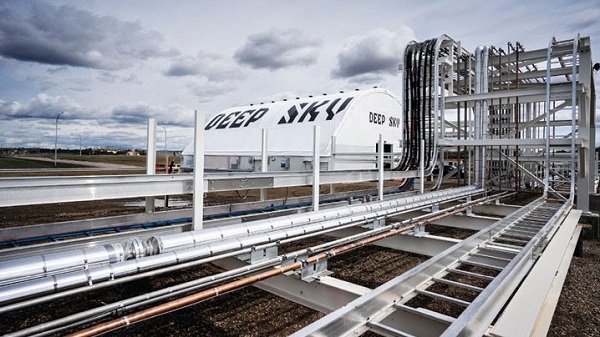
Taking carbon capture to new heights
Alberta’s government is investing $5 million from the TIER fund to help launch the world’s first direct air capture centre.
Alberta is a global leader in environmentally responsible energy production and reducing emissions, already home to two of the largest carbon capture, utilization and storage facilities operating in North America, and seeing emissions decline across the economy.
Most of the current technologies used around the world focus on facilities and worksites. Direct air capture offers a potential new way of removing greenhouse gas emissions straight from the air. If successful, the potential is huge.
Through Emissions Reduction Alberta, $5 million is being invested from the industry-led TIER program to help Deep Sky in the design, build and operation of the world’s first direct air capture innovation and commercialization centre in Innisfail. This funding will help Alberta keep showing the world how to reduce emissions while creating jobs and increasing responsible energy production.
“We don’t need punitive taxes, anti-energy regulations or nonsensical production caps to reduce emissions. Our approach is to support industry, Alberta expertise and innovation by helping to de-risk new technology. Direct air capture has some potential and is being looked at in other jurisdictions, so it’s great to see companies choosing Alberta as a place to invest and do business in.”
“Alberta companies are leaders in developing carbon capture and storage technology. Deep Sky has the potential to take the next major step in decarbonization through direct air capture. These advancements and investments through the TIER fund are a major reason why global demand is increasing for our responsibly produced energy products.”
“Investing in Deep Sky supports Alberta’s global leadership in emissions reduction. This project accelerates cutting-edge carbon removal technologies, creates jobs and builds a platform for innovation. By capturing legacy emissions, it complements other climate solutions and positions Alberta at the forefront of a growing carbon removal economy.”
“We are thrilled to be supported by the Government of Alberta through Emissions Reduction Alberta’s investment to help deliver a world first in carbon removals right here in Alberta. This funding will be instrumental in scaling direct air capture and creating an entirely new economic opportunity for Alberta, Canada and the world.”
Deep Sky is helping establish Alberta as a global leader in carbon removal – an emerging field that is expected to grow exponentially over the next decade. The new centre is located on a five-acre site and will feature up to 10 direct air capture units, allowing multiple technologies and concepts to be tested at once. Starting this summer, Deep Sky Alpha’s units will begin pulling in air, trapping carbon dioxide, transporting it by truck, and safely storing it underground at an approved site in Legal.
This new technology will give Alberta’s oil and gas, energy and utilities, cement and heavy industry, and agriculture and agri-tech sectors new technologies to reduce emissions, while creating local jobs and reinforcing Alberta’s position as a global leader in responsible energy development.
Quick facts
- Deep Sky aims to capture 3,000 tonnes of emissions each year and estimates creating 80 construction jobs, 15 permanent jobs, and more than $100 million in local economic benefit over the next 10 years, including regional development in rural communities.
- Research shows that carbon capture technology is safe and effective. Careful site selection and rigorous monitoring serve to ensure the injected carbon dioxide remains sequestered thousands of metres below the surface, with no impact on fresh water, plants or the soil.
- Provincial funding for this project is delivered through Emissions Reduction Alberta’s Continuous Intake Program, funded by Alberta’s industry-funded Technology Innovation and Emissions Reduction (TIER) system.
Related information
Alberta
The permanent CO2 storage site at the end of the Alberta Carbon Trunk Line is just getting started
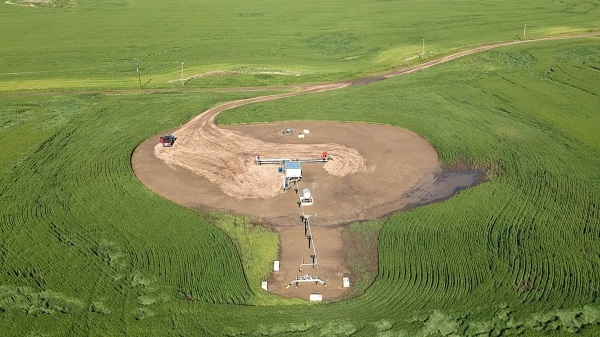
Wells at the Clive carbon capture, utilization and storage project near Red Deer, Alta. Photo courtesy Enhance Energy
From the Canadian Energy Centre
Inside Clive, a model for reducing emissions while adding value in Alberta
It’s a bright spring day on a stretch of rolling farmland just northeast of Red Deer. It’s quiet, but for the wind rushing through the grass and the soft crunch of gravel underfoot.
The unassuming wellheads spaced widely across the landscape give little hint of the significance of what is happening underground.
In just five years, this site has locked away more than 6.5 million tonnes of CO₂ — equivalent to the annual emissions of about 1.5 million cars — stored nearly four CN Towers deep beneath the surface.
The CO₂ injection has not only reduced emissions but also breathed life into an oilfield that was heading for abandonment, generating jobs, economic activity and government revenue that would have otherwise been lost.
This is Clive, the endpoint of one of Canada’s largest carbon capture, utilization and storage (CCUS) projects. And it’s just getting started.
Rooted in Alberta’s first oil boom
Clive’s history ties to Alberta’s first oil boom, with the field discovered in 1952 along the same geological trend as the legendary 1947 Leduc No. 1 gusher near Edmonton.
“The Clive field was discovered in the 1950s as really a follow-up to Leduc No. 1. This is, call it, Leduc No. 4,” said Chris Kupchenko, president of Enhance Energy, which now operates the Clive field.
Over the last 70 years Clive has produced about 70 million barrels of the site’s 130 million barrels of original oil in place, leaving enough energy behind to fuel six million gasoline-powered vehicles for one year.
“By the late 1990s and early 2000s, production had gone almost to zero,” said Candice Paton, Enhance’s vice-president of corporate affairs.
“There was resource left in the reservoir, but it would have been uneconomic to recover it.”
Gearing up for CO2
Calgary-based Enhance bought Clive in 2013 and kept it running despite high operating costs because of a major CO2 opportunity the company was developing on the horizon.
In 2008, Enhance and North West Redwater Partnership had launched development of the Alberta Carbon Trunk Line (ACTL), one of the world’s largest CO2 transportation systems.
Wolf Midstream joined the project in 2018 as the pipeline’s owner and operator.
Completed in 2020, the groundbreaking $1.2 billion project — supported by the governments of Canada and Alberta — connects carbon captured at industrial sites near Edmonton to the Clive facility.
“With CO2 we’re able to revitalize some of these fields, continue to produce some of the resource that was left behind and permanently store CO2 emissions,” Paton said.
An oversized pipeline on purpose
Each year, about 1.6 million tonnes of CO2 captured at the NWR Sturgeon Refinery and Nutrien Redwater fertilizer facility near Fort Saskatchewan travels down the trunk line to Clive.
In a unique twist, that is only about 10 per cent of the pipeline’s available space. The project partners intentionally built it with room to grow.
“We have a lot of excess capacity. The vision behind the pipe was, let’s remove barriers for the future,” Kupchenko said.
The Alberta government-supported goal was to expand CCS in the province, said James Fann, CEO of the Regina-based International CCS Knowledge Centre.
“They did it on purpose. The size of the infrastructure project creates the opportunity for other emitters to build capture projects along the way,” he said.

CO2 captured at the Sturgeon Refinery near Edmonton is transported by the Alberta Carbon Trunk Line to the Clive project. Photo courtesy North West Redwater Partnership
Extending the value of aging assets
Building more CCUS projects like Clive that incorporate enhanced oil recovery (EOR) is a model for extending the economic value of aging oil and gas fields in Alberta, Kupchenko said.
“EOR can be thought of as redeveloping real estate,” he said.
“Take an inner-city lot with a 700-square-foot house on it. The bad thing is there’s a 100-year-old house that has to be torn down. But the great thing is there’s a road to it. There’s power to it, there’s a sewer connection, there’s water, there’s all the things.
“That’s what this is. We’re redeveloping a field that was discovered 70 years ago and has at least 30 more years of life.”
The 180 existing wellbores are also all assets, Kupchenko said.
“They may not all be producing oil or injecting CO2, but every one of them is used. They are our eyes into the reservoir.”

CO2 injection well at the Clive carbon capture, utilization and storage project. Photo for the Canadian Energy Centre
Alberta’s ‘beautiful’ CCUS geology
The existing wells are an important part of measurement, monitoring and verification (MMV) at Clive.
The Alberta Energy Regulator requires CCUS projects to implement a comprehensive MMV program to assess storage performance and demonstrate the long-term safety and security of CO₂.
Katherine Romanak, a subsurface CCUS specialist at the University of Texas at Austin, said that her nearly 20 years of global research indicate the process is safe.
“There’s never been a leak of CO2 from a storage site,” she said.
Alberta’s geology is particularly suitable for CCUS, with permanent storage potential estimated at more than 100 billion tonnes.
“The geology is beautiful,” Romanak said.
“It’s the thickest reservoir rocks you’ve ever seen. It’s really good injectivity, porosity and permeability, and the confining layers are crazy thick.”
CO2-EOR gaining prominence
The extra capacity on the ACTL pipeline offers a key opportunity to capitalize on storage potential while addressing aging oil and gas fields, according to the Alberta government’s Mature Asset Strategy, released earlier this year.
The report says expanding CCUS to EOR could attract investment, cut emissions and encourage producers to reinvest in existing properties — instead of abandoning them.
However, this opportunity is limited by federal policy.
Ottawa’s CCUS Investment Tax Credit, which became available in June 2024, does not apply to EOR projects.
“Often people will equate EOR with a project that doesn’t store CO2 permanently,” Kupchenko said.
“We like to always make sure that people understand that every ton of CO2 that enters this project is permanently sequestered. And we take great effort into storing that CO2.”
The International Energy Forum — representing energy ministers from nearly 70 countries including Canada, the U.S., China, India, Norway, and Saudi Arabia — says CO₂-based EOR is gaining prominence as a carbon sequestration tool.
The technology can “transform a traditional oil recovery method into a key pillar of energy security and climate strategy,” according to a June 2025 IEF report.
Tapping into more opportunity
In Central Alberta, Enhance Energy is advancing a new permanent CO2 storage project called Origins that is designed to revitalize additional aging oil and gas fields while reducing emissions, using the ACTL pipeline.
“Origins is a hub that’s going to enable larger scale EOR development,” Kupchenko said.
“There’s at least 10 times more oil in place in this area.”
Meanwhile, Wolf Midstream is extending the pipeline further into the Edmonton region to transport more CO2 captured from additional industrial facilities.
-
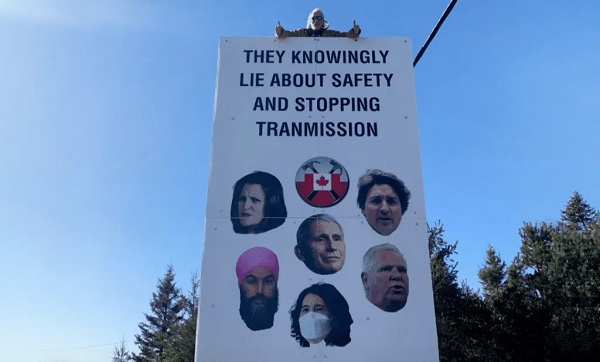
 COVID-191 day ago
COVID-191 day agoOntario man launches new challenge against province’s latest attempt to ban free expression on roadside billboards
-

 COVID-1910 hours ago
COVID-1910 hours agoNew Peer-Reviewed Study Affirms COVID Vaccines Reduce Fertility
-
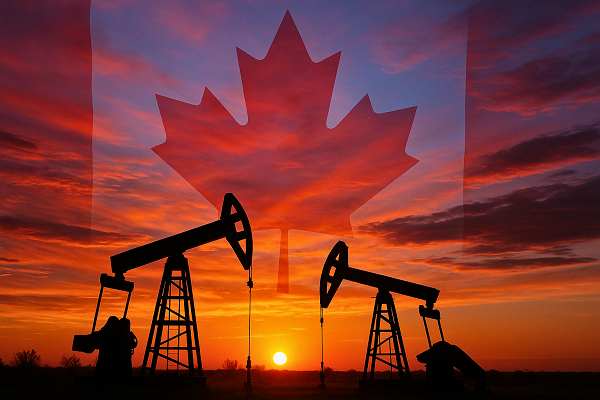
 Energy2 days ago
Energy2 days agoThis Canada Day, Celebrate Energy Renewal
-
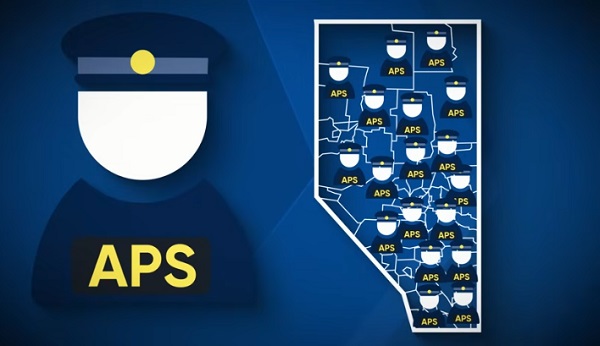
 Alberta1 day ago
Alberta1 day agoAlberta Next Takes A Look At Alberta Provincial Police Force
-
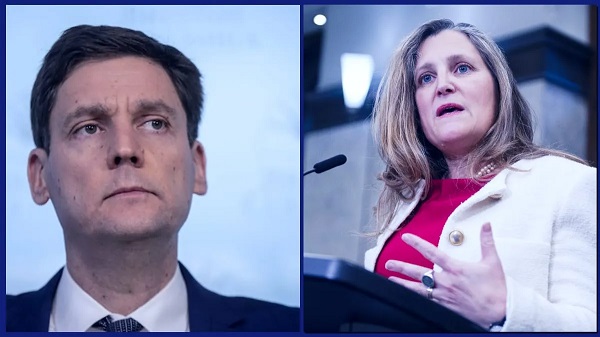
 Business6 hours ago
Business6 hours agoOttawa Funded the China Ferry Deal—Then Pretended to Oppose It
-
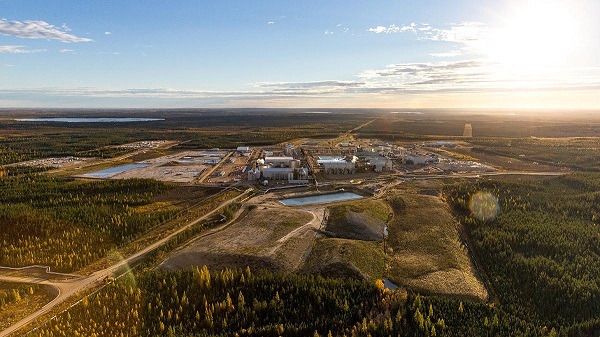
 Alberta1 day ago
Alberta1 day agoCanadian Oil Sands Production Expected to Reach All-time Highs this Year Despite Lower Oil Prices
-
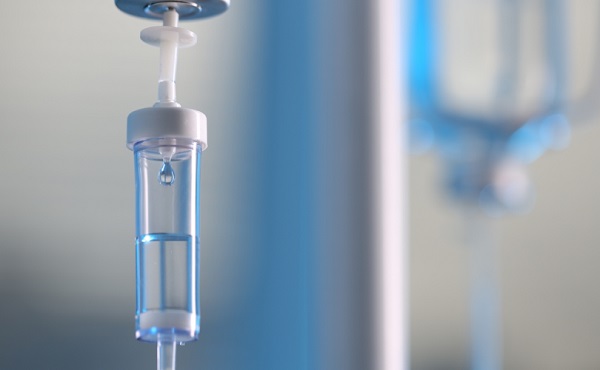
 MAiD8 hours ago
MAiD8 hours agoCanada’s euthanasia regime is not health care, but a death machine for the unwanted
-
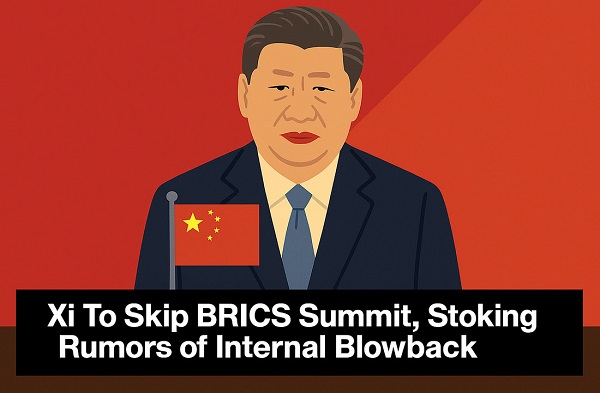
 International1 day ago
International1 day agoPresident Xi Skips Key Summit, Adding Fuel to Ebbing Power Theories










